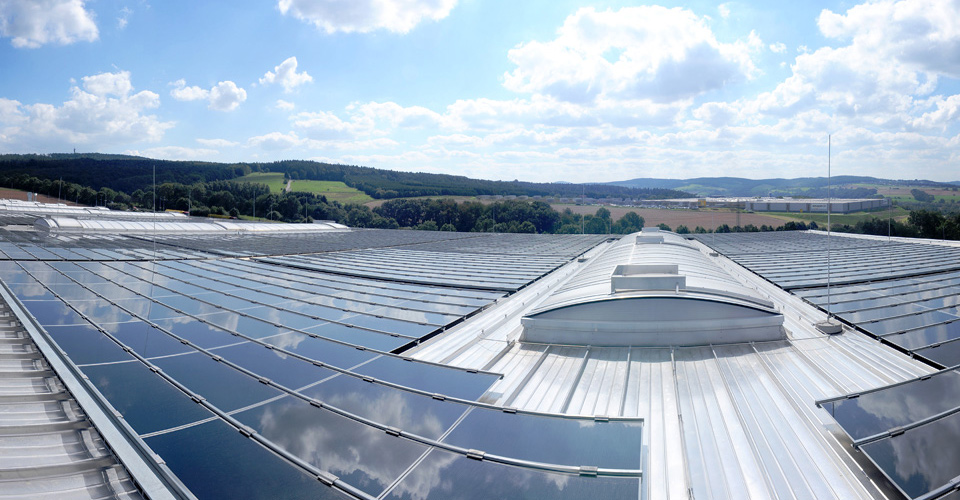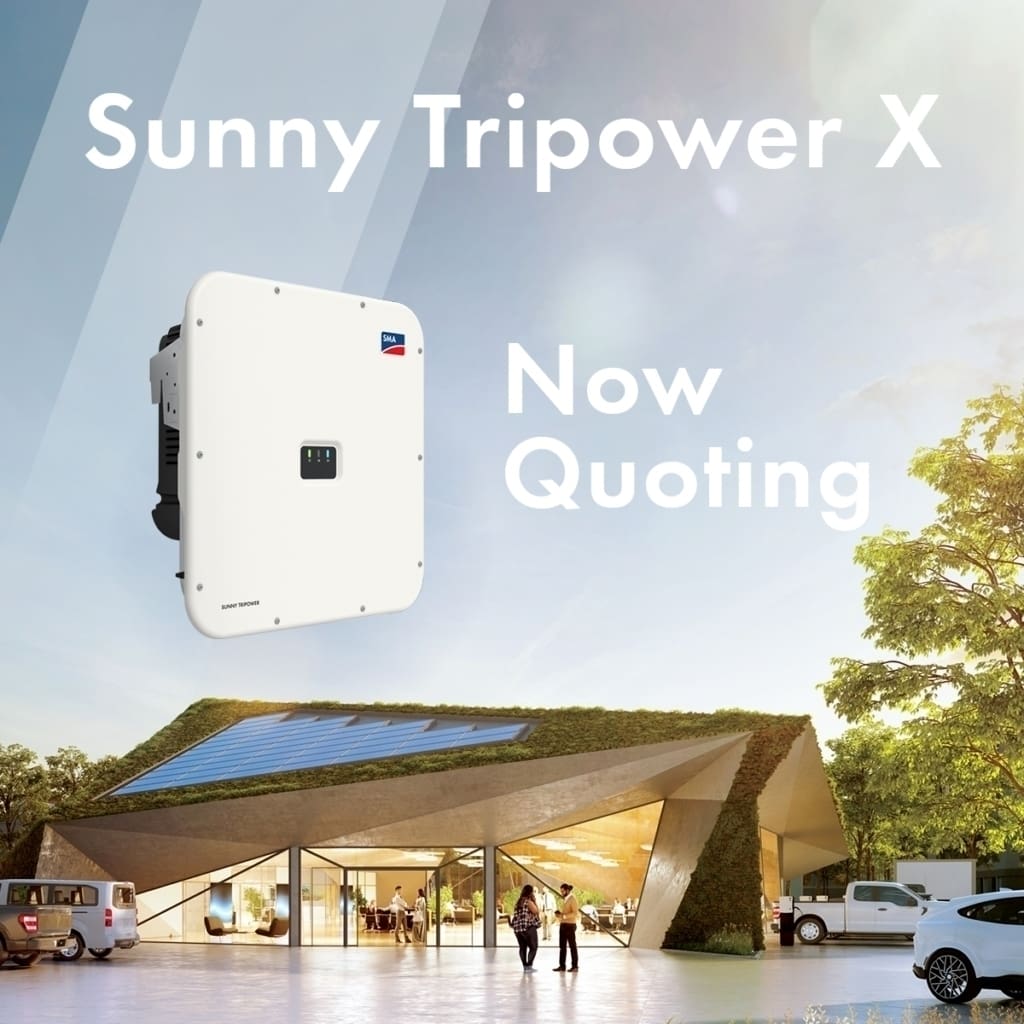Bringing Utility-Scale Sophistication to the Distributed Rooftop

Decentralized architecture has quickly become a preferred approach for commercial PV systems in the United States. Investors and installers recognize the numerous benefits that can be gained by considering this model — most notably, better ROI and a lower LCOE.
Greentech Media research expects cumulative commercial PV installations to more than triple in the next two and a half years! It is clearly a burgeoning market with incredible growth potential. Investors can realize bigger rewards for investments in commercial PV plants, but with these potential rewards comes increased risk.
Earlier this month, I had the opportunity to present a webinar with my colleague Brett Henning, lead applications engineer for SMA’s Medium Power Solutions group, and Greentech Media. The webinar focused on how to mitigate the risks of investing in decentralized commercial PV plants.
We discussed a simple three-step method of planning a new decentralized commercial system:
1. Select the right partner. Much like the utility market, a more sophisticated approach is required to address this market segment. Proper risk assessment is critical to project planning. You must evaluate your potential partner’s experience in the market, commitment to the industry and financial stability. The right partner can help simplify the process and maximize the project’s success.
2. Select the right technology. In the past, installers or product specifiers may have chosen a single-phase string inverter for a decentralized commercial project. Today, there are several three-phase inverters on the market that are specifically designed for commercial applications such as SMA’s Sunny Tripower 12000TL-US/15000TL-US/2000TL-US/24000TL-US. The Sunny Tripower TL-US series combines leading 98-percent CEC efficiency with extreme design flexibility and OptiTrac ™ Global Peak to mitigate shade and provide maximum power production.
3. Choose the right service strategy. Service is often overlooked in cash-based residential PV installations, but it is a central component of utility-scale and fleet-based PV businesses. While it is true that service is reduced with three-phase string technology, it’s not eliminated; O&M is still a critical consideration. A complete service and O&M strategy can help maximize performance and plant up-time. SMA provides the Sunny Tripower Performance Package— a monitoring, reporting and protection service plan included at no additional cost with select purchases. In addition, SMA offers graduated O&M plans to meet any service need, from providing preventative maintenance to fully optimizing the performance of your PV plant.
With careful planning and research, you can select a partner that can provide you with the best products, the most complete service offerings and, most importantly, the experience to make your commercial PV plant successful now and for many years to come.


Feel free to contribute!